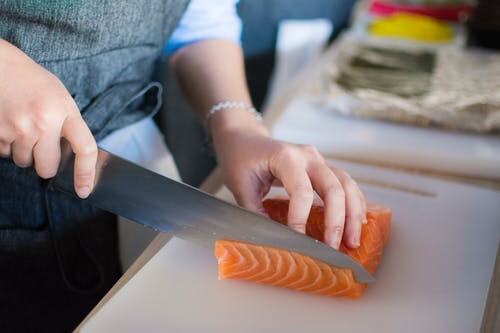
The Omega-3 fatty acids in fish are powerful anti-inflammatory agents and also contribute to bone health and brain function. They are also important for eye and skin health, Unfortunately, heavy metals like mercury, are winding up in the water and accumulating in fish. Not only that, but some fish have been over-fished, which can have detrimental effects on the ocean ecosystem. The good news is that there are healthy, low contaminant fish choices with stable populations. Below are some of the best fish to eat. If you don't eat fish, you can get Omega-3 fatty acids from things like flax, chia, hemp, and pumpkin seeds. Walnuts, marine algae, and dark leafy green vegetables are other good sources.
Wild Caught Alaskan Salmon
Wild-caught Alaskan salmon is one of the healthiest foods and best fish to eat. This includes sockeye, coho, pink, Chinook, and pink Chinook salmon. In addition to being rich in healthy Omega-3 fatty acids, salmon is a great source of protein, B vitamins, potassium and selenium. It contains more than a day's worth of vitamin D in one serving. As always, watch out for deceptive labeling. Some salmon start out in a farm and are released into the wild to be caught latter. The problem with this is that farm raised fish, and imported salmon, are typically fed an inferior diet and are raised in unhealthy conditions.
Wild Arctic Cod
Cod has a mild taste and flaky flesh. Compared to other fish, it’s much leaner and lower in calories. This makes it one of the best fish to eat for weight loss. Plus, it’s high in B vitamins and selenium. The key is knowing the source of the cod because Atlantic cod is considered vulnerable due to over-fishing. True wild arctic cod comes from Alaska, the Bering sea, and northeast Pacific waters. A by-product of high quality cod is cod liver oil. People living in colder regions of the world have been using cod liver oil for centuries to build a strong body and enhance their immune system. In addition, cod liver oil contains vitamin D which naturally protected them from dark, long winters.
Atlantic Mackerel
Mackerel has a rich taste and flaky texture. Like the other fish on this list, it is loaded with omega-3 fatty acids, vitamin B12, selenium and niacin. It is a fast growing fish, meaning it can repopulate easily and handle higher amounts of fishing. The gear used to catch Atlantic mackerel is efficient and not likely to cause major habitat destruction. This makes it an ocean-friendly choice. Mackerel is available canned and fresh and may be grilled, baked, roasted or pan-seared for a quick and convenient main course.
Wild Alaskan Pollock
Alaskan Pollock is always wild-caught in the northern Pacific Ocean. It has a mild flavor and light texture and is high in protein. In addition, it contains selenium, vitamin B12 and magnesium. It is also called Walleye Pollock. It is a different species than the Pollock found on the Atlantic coast and is one of largest fisheries in the world. Surimi is produced by mincing and washing Alaskan Pollock fillets and then adding other ingredients. These other ingredients stabilize the protein in the fish and enable it to be frozen for extended periods of time. It is commonly used as "imitation crab" and is often used as "seafood" in seafood salads. This makes it an unhealthy choice as it is extremely processed.
Alaskan Crab
Crabs are high in protein and low in fat. And the sweet flesh of the king crab is loaded with zinc. Zinc is an antioxidant, but more important, it helps support healthy bone mass and immune function. Alaskan crab species include king and snow, and are sustainably harvested. But you need to make sure the crab is truly from Alaska where no fish farming is allowed. There is crab labeled as "Alaskan Crab" that comes from Russia.
Did this help you? If so, I'd greatly appreciate it if you commented and/or share it on social media.

Email: sharonledwards@hotmail.com
Facebook: https://www.facebook.com/sharonledwardsbiz/
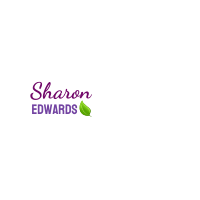


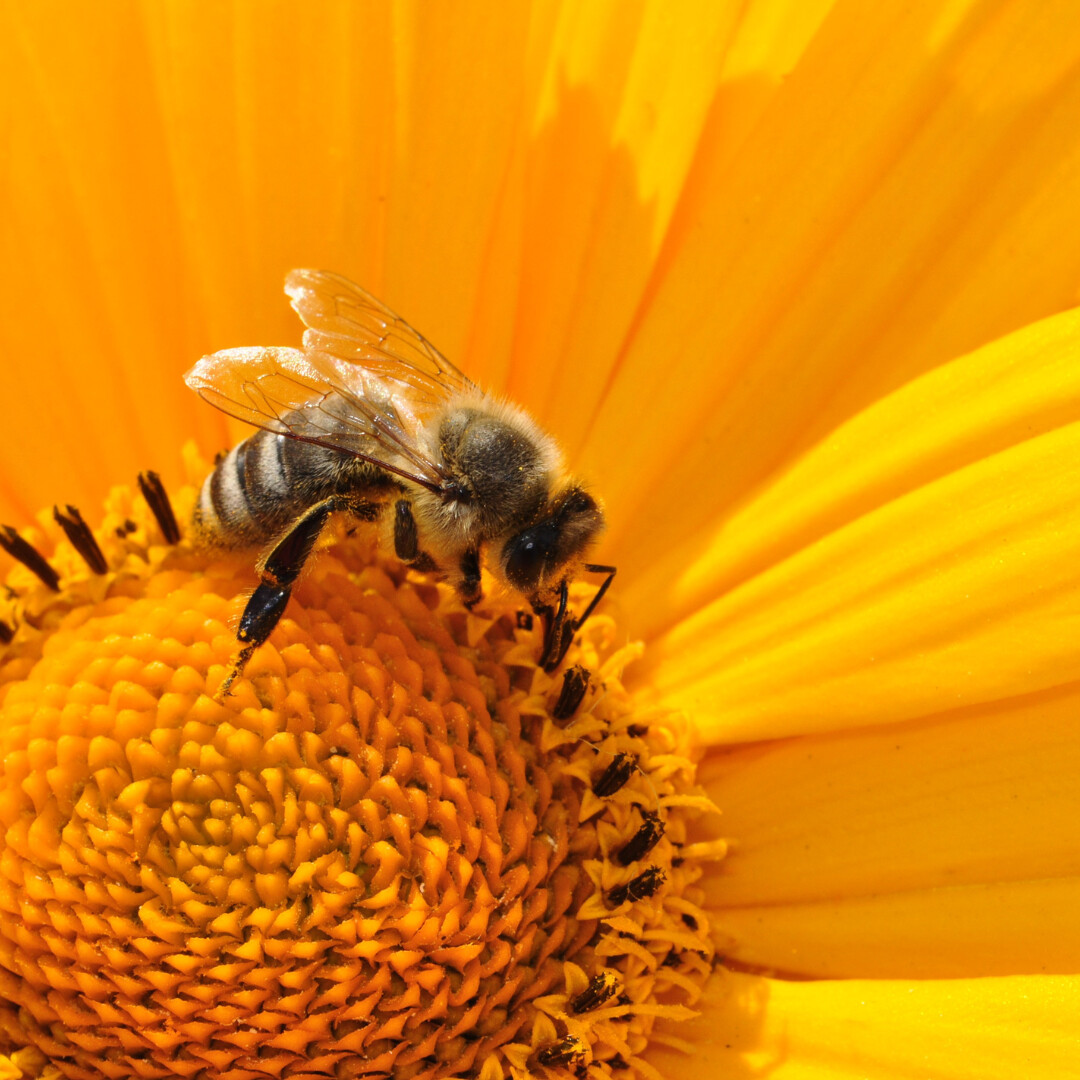
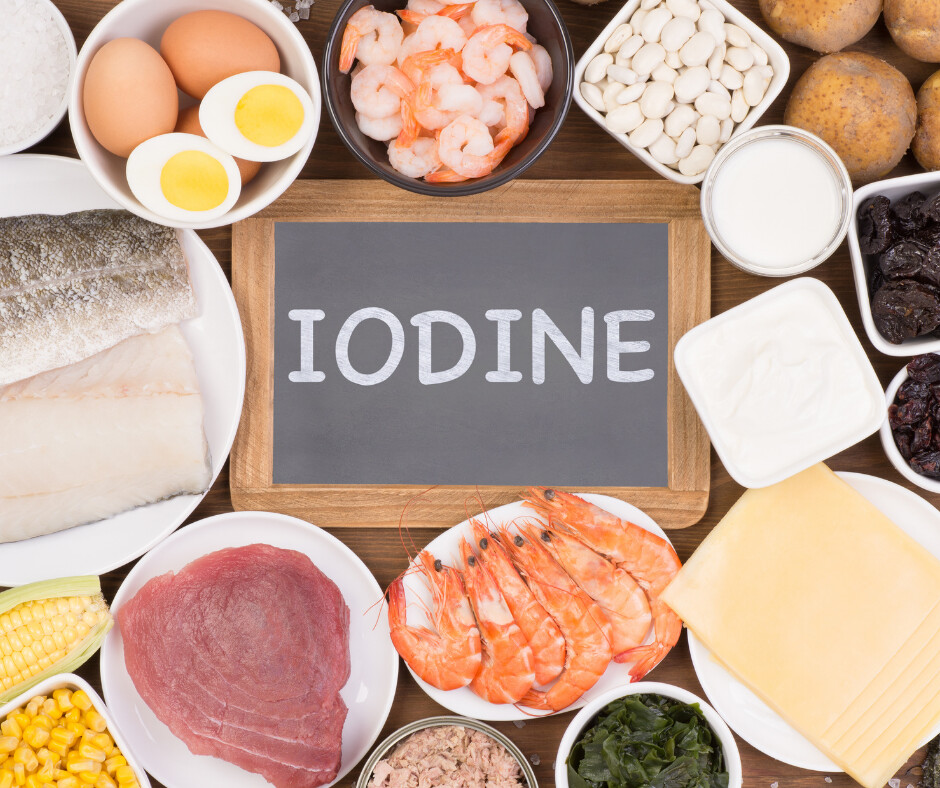


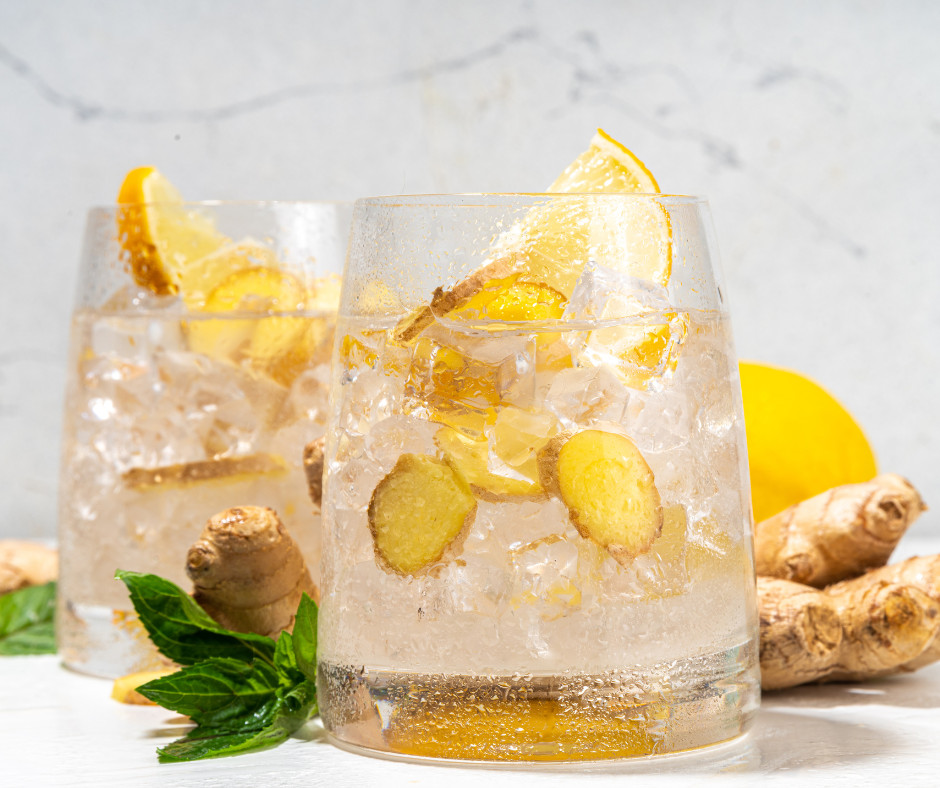
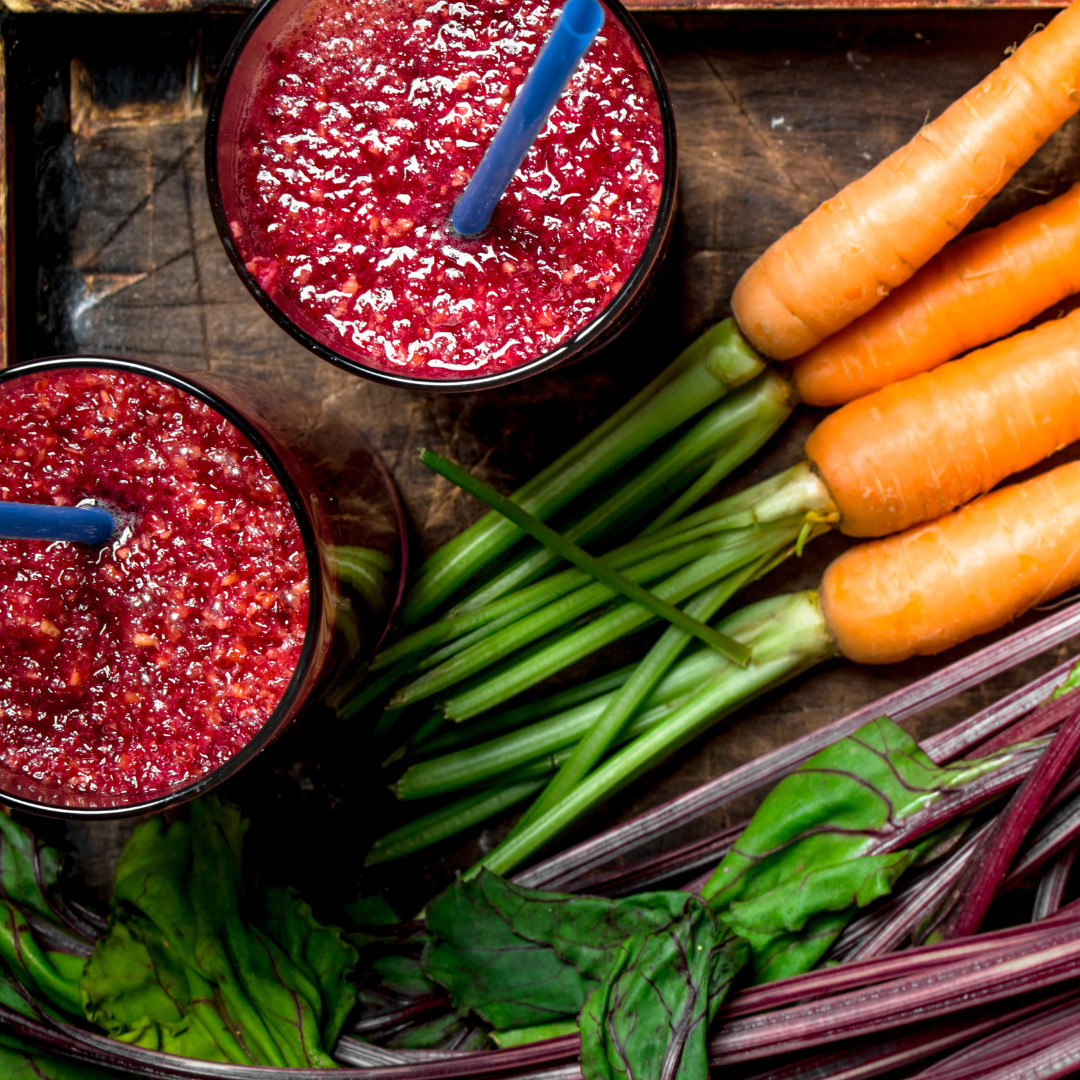
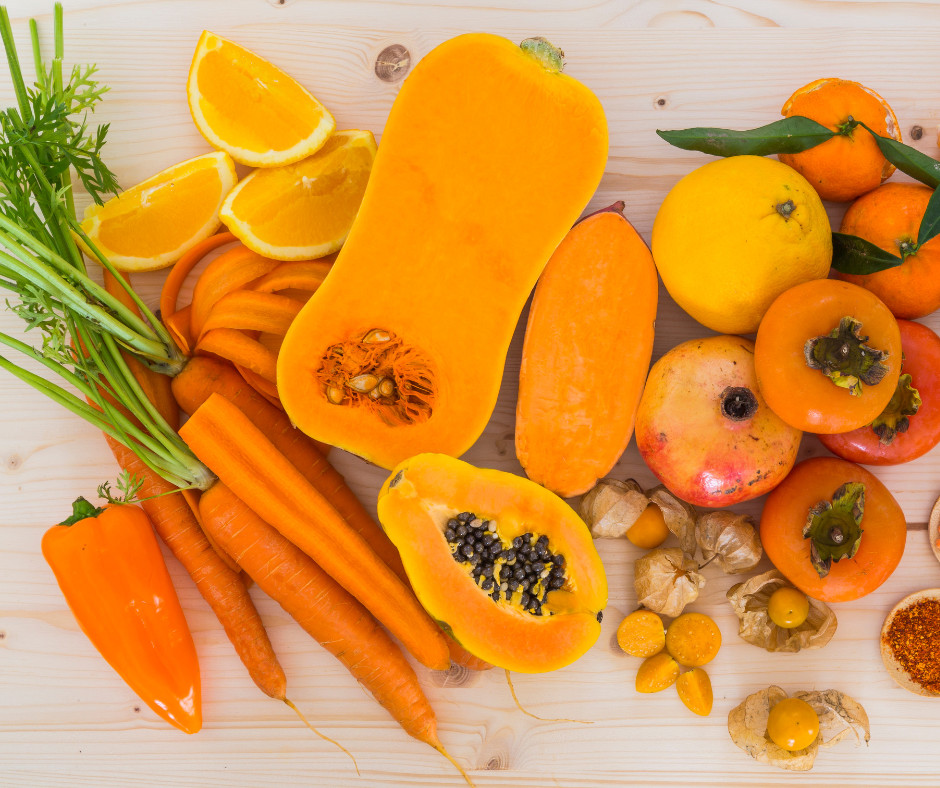
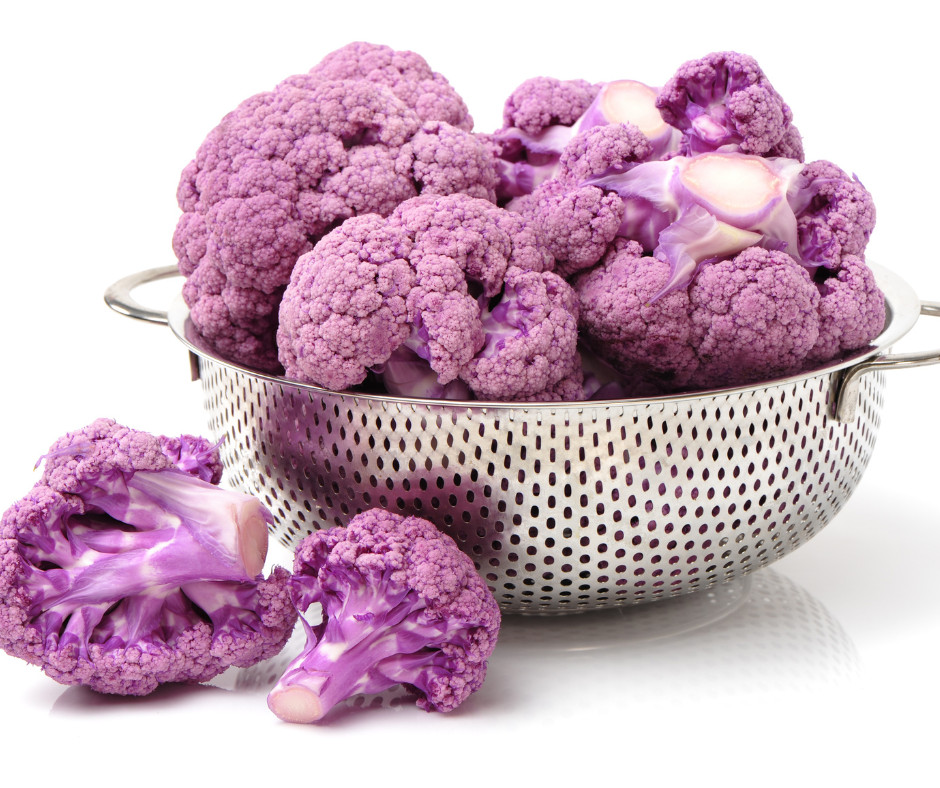
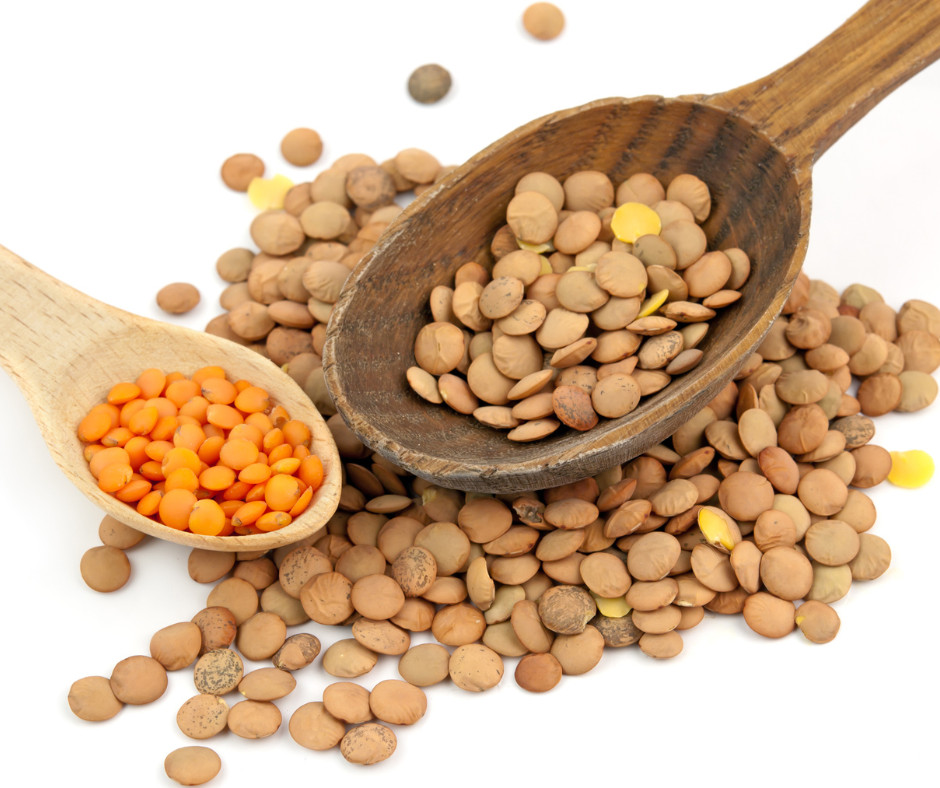
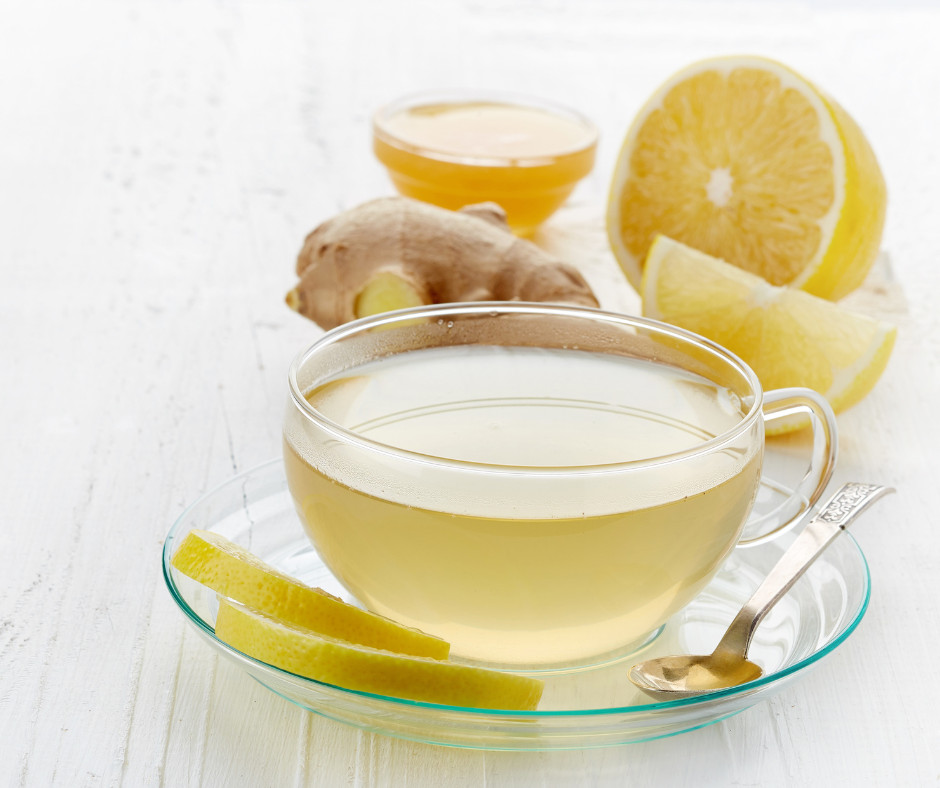

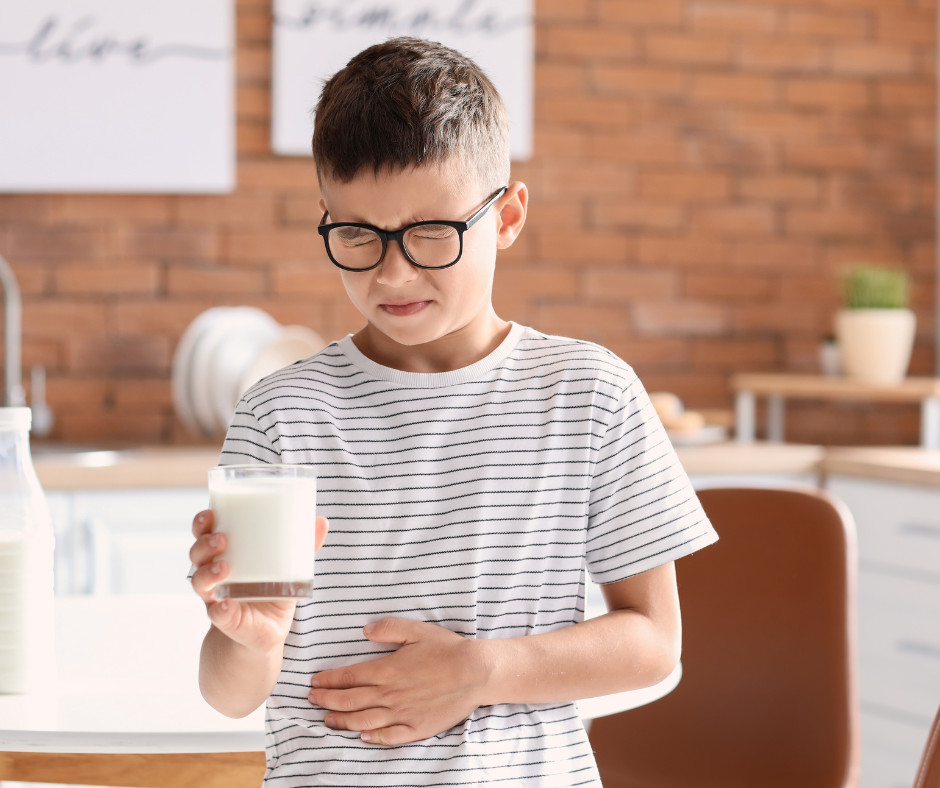



0 Comments